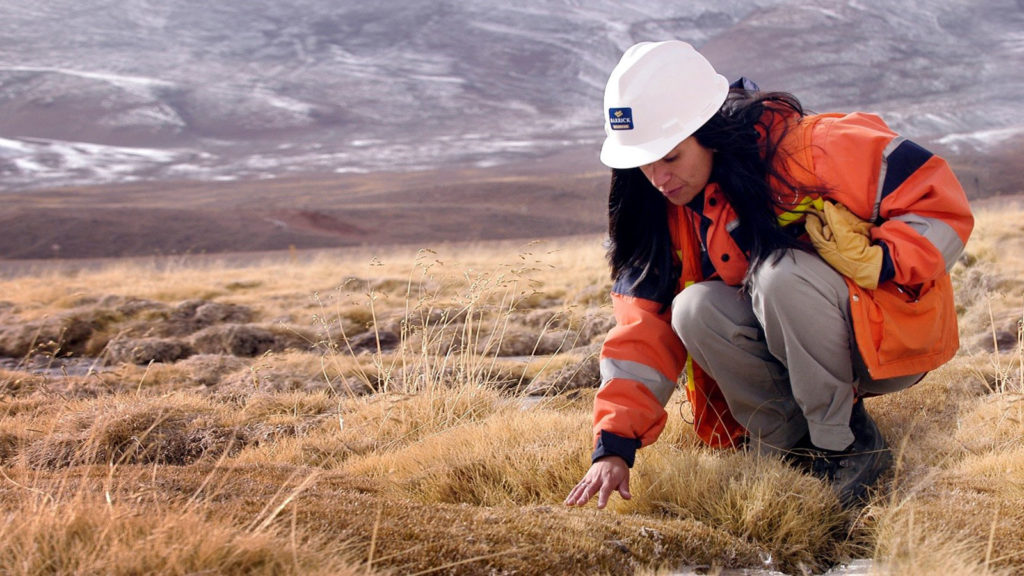The biggest gold miner by production, Barrick Gold, has been named to the Dow Jones Sustainability World Index (DJSI) for the 11th consecutive year.
Barrick was also included in the Dow Jones Sustainability North America Index for a 12th year.
While the company did not get top position in the Metals and Mining category of the – a place reserved for its biggest rival Newmont Mining – its Chief Sustainability Officer Peter Sinclair said being included for 11 consecutive years was an honour.
“At Barrick, we believe we can generate sustained value by partnering with local communities and host governments. Being included in the index gives us confidence that we are living up to this commitment,” he said.
Each year, the DJSI independently evaluates more than 2,500 companies using sustainability criteria to identify the top 10% of performers. Companies are evaluated on a range of sustainability metrics, including governance, social performance, environment, and economic contributions—taking into account both industry-specific trends, as well as sustainability issues facing multiple sectors.
Barrick said by operating in a responsible manner, the company creates significant value for its shareholders, employees, local communities, and host countries.
In 2017, this included:
- Continuing a 12-year trend of reducing the company’s total reportable injury frequency rate (TRIFR). Since 2005, there has been an 88% improvement in Barrick’s TRIFR (from 2.79 to 0.35 in 2017);
- Developing a climate change strategy aligned with its overall business strategy to grow free cash flow per share through safe and responsible mining. Barrick’s strategy has three pillars: understand and mitigate the risks associated with climate change; reduce its impacts on climate change; and improve the company’s disclosure on climate change. Barrick has set a goal to keep its current greenhouse-gas emissions flat in the short term, and to reduce emissions by 30% by 2030 from its 2016 baseline of 3.5 Mt of carbon dioxide equivalent emitted;
- Contributing $5.1 billion to its host countries and communities in the form of wages and benefits, royalties and taxes, purchases of goods and services, and community investments. This includes more than $351 million in purchases from the local communities where Barrick operates;
- Employing more than 97% of our 10,000-plus workforce from the countries in which it operates. In addition, approximately 60% of its employees come from the local communities nearest to its mines.











